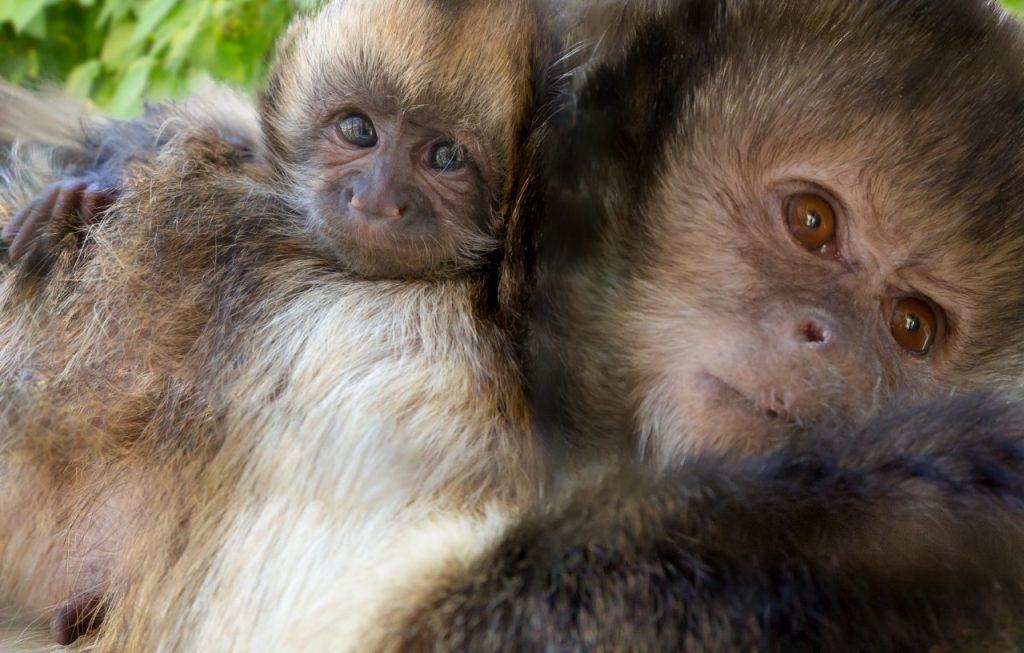Dietary husbandry of captive white-tailed deer (Odocoileus virginianus) in the Northern USA and Canada must consider effects of daylength, age, and gender on tissue energy reserves
Citation
Ullrey DE, Nellist JT, Schmitt SM, Cooley TM, Ku PK, Whetter PA, Sikarskie JG, Tabet RB. 2005. Dietary husbandry of captive white-tailed deer (Odocoileus virginianus) in the Northern USA and Canada must consider effects of daylength, age, and gender on tissue energy reserves. In Graffam W, Hellinga D, Maslanka M, Ward A, Eds. Proceedings of the Sixth Conference on Zoo and Wildlife Nutrition, AZA Nutrition Advisory Group, Omaha, NE.
Abstract
The effects of age, season, and gender on live body weights, lipogenesis and lipolysis in subcutaneous and perirenal adipose tissues, and weight and fat (ether extract) concentrations of skeletal muscles and viscera were studied in 48 captive white-tailed deer (Odocoileus virginianus) fed a complete diet ad libitum. Food intake, rates of lipogenesis, and accumulation of fat in skeletal muscle and viscera increased in relation to declining daylength from mid-June to late fall. Although many deer lost body weight during winter, tissue fat reserves supplied sufficient energy to prevent morbidity and mortality. These and other data indicate that, if food intake had been restricted during the summer and fall period of fat accumulation, morbidity and death losses might be expected during winter and early spring.
 UllreyDeerFINAL14Aug.05.pdf 133 KB
UllreyDeerFINAL14Aug.05.pdf 133 KB








